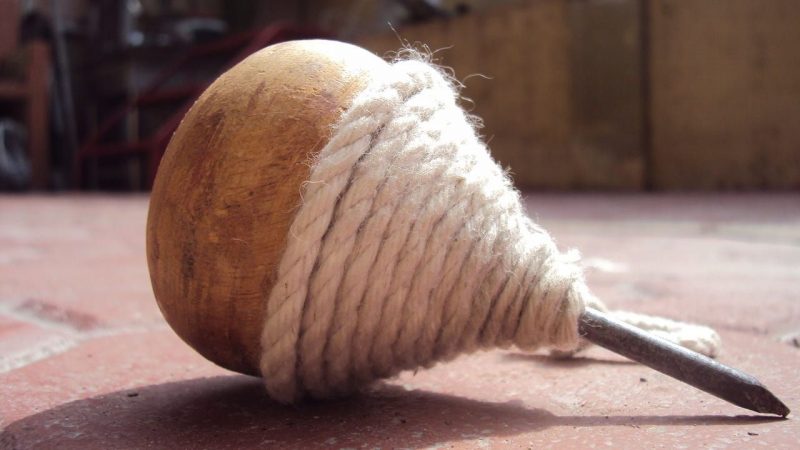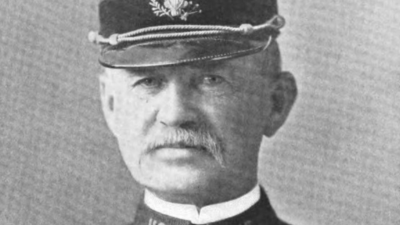MANILA — In a world dominated by digital gadgets and high-tech entertainment, there’s a nostalgic charm in rediscovering the simple joys of traditional Filipino toys.
These toys not only represent a bygone era of play but also embody the rich cultural heritage of the Philippines.
Let’s take a journey down memory lane and explore some of the most famous and cherished Filipino toys that have stood the test of time.
Sipa (Kick-Top):
One of the oldest traditional Filipino games, Sipa, transcends generations. This game involves the art of keeping a small, flat-bottomed shuttlecock off the ground using various body parts, excluding the hands. It not only promotes physical activity but also showcases the agility and skill of the players.
Teks (Cardboard Pogs):
Teks, or cardboard Pogs, were a ubiquitous sight in Filipino playgrounds. These small, rectangular cards adorned with colorful images of cartoon characters or celebrities became the currency of childhood games. The tactile joy of stacking and trading these cards brought a sense of camaraderie among children.
Yoyo:
The Yoyo, a timeless classic worldwide, has its unique Filipino flair. Crafted from local materials and adorned with intricate designs, Filipino yoyos showcase the artistry of local toy makers. The rhythmic motion of the yoyo provides endless entertainment, combining skill and creativity.
Piko (Hopscotch):
Piko, a game that transcends borders, finds a special place in Filipino childhoods. Players hop, skip, and jump through a series of square boxes drawn on the ground, displaying not only physical prowess but also fostering social interaction among friends.
Luksong Tinik:
Luksong Tinik, a game of agility and precision, involves players jumping over “thorns” made by their peers. This physical and challenging game requires quick reflexes and teamwork, adding an extra layer of excitement to traditional Filipino play.
Trumpo (Spinning Top):
The humble Trumpo, a wooden spinning top, captures the essence of Filipino playtime. Whirling to life with the pull of a string, the Trumpo is a testament to the craftsmanship of traditional toy makers and the simplicity that makes it enduringly delightful.
Holens (Marbles):
Marbles, a universal childhood favorite, take on a unique Filipino flavor. Children engage in friendly competitions, using their marbles to knock others out of the playing area. It’s a game that fosters strategic thinking and camaraderie.
Tinikling Sticks:
While not a conventional toy, miniature Tinikling sticks serve as a reminder of the vibrant Filipino dance culture. Imaginative children use these sticks to recreate the rhythmic dance, showcasing the blend of playfulness and tradition.
Saranggola (Kite):
Kite flying, or Saranggola, is not just an activity but a cultural phenomenon in the Philippines. Vibrant kites dot the sky during festivals, bringing communities together and instilling a sense of wonder and joy in both children and adults.
Bahay-Bahayan (Play House):
In the realm of imaginative play, Filipino children have long embraced the concept of “Bahay-Bahayan” or creating miniature houses using whatever materials are available. This fosters creativity, social skills, and a love for storytelling.
In a world where technology often takes center stage, rediscovering the joy of traditional Filipino toys is a heartwarming journey.
These toys not only entertain but also carry the legacy of Filipino culture, fostering connections between generations and providing a glimpse into the simple yet profound pleasures of childhood.
(JR AMIGO/IA/MNM)







